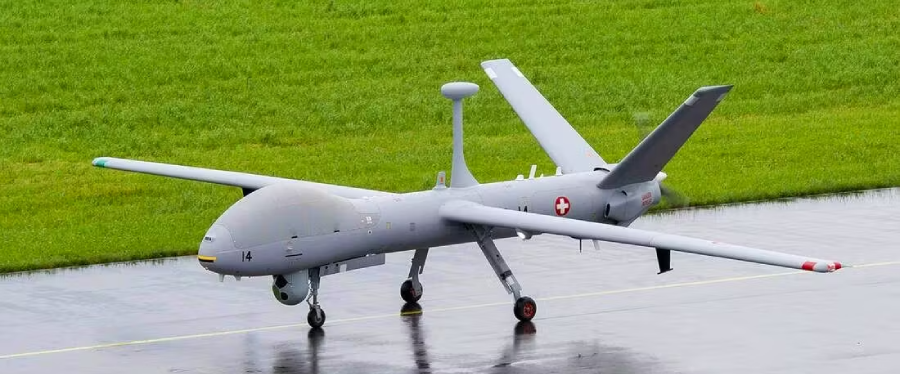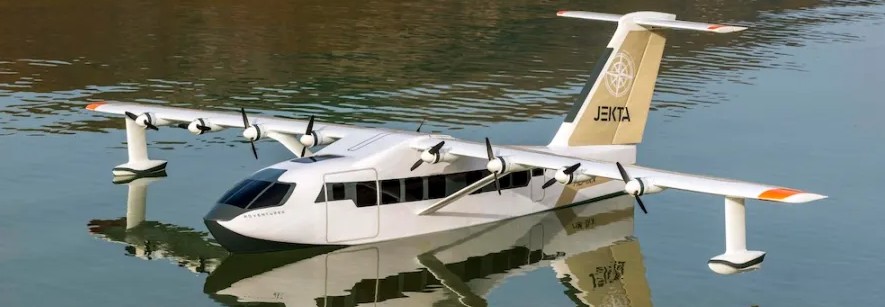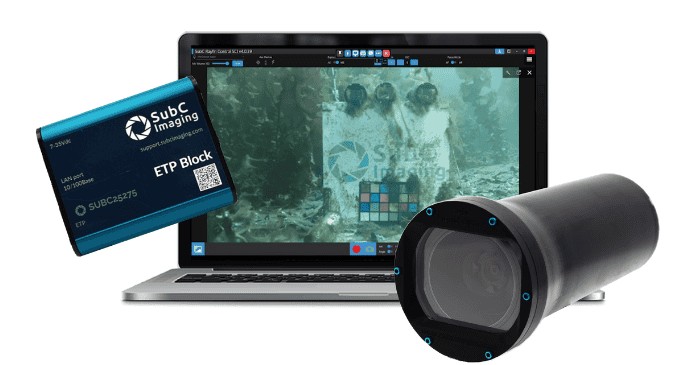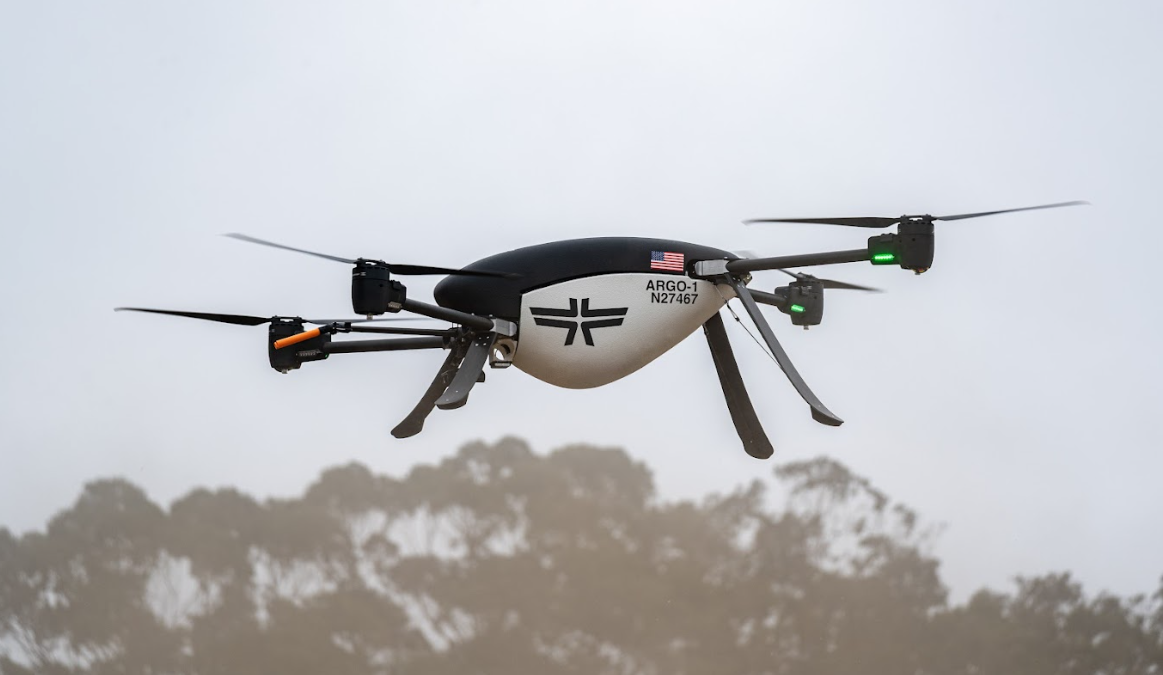Dufour Aerospace Aero2 Hybrid-Electric Drone that’s Redefining Long-Range VTOL Operations
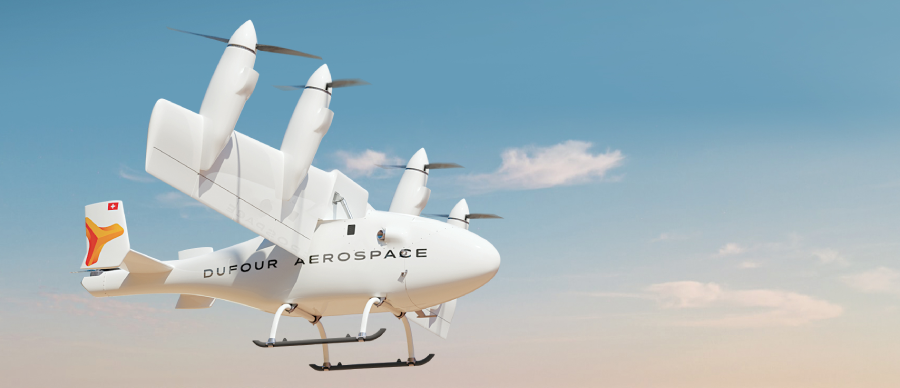
Dufour Aerospace’s Aero2 is a breakthrough in the evolving landscape of uncrewed aerial systems. Engineered with a tilt-wing architecture and a hybrid-electric propulsion system, the Aero2 bridges the operational gap between helicopters and fixed-wing aircraft. Designed for commercial and public service use, it is poised to become a cornerstone for advanced cargo transport, emergency medical deliveries, surveillance, and mapping in complex environments.
The Aero2 stands out with its unique ability to perform vertical take-off and landing, just like a helicopter, while transitioning smoothly into efficient forward flight like an airplane. This is made possible by its tilt-wing configuration, which features four wing-mounted rotors and one tail rotor. During take-off and landing, the rotors are tilted vertically, then transition to a horizontal position for cruise. The entire transition is managed autonomously, ensuring maximum stability and safety throughout flight phases.
Constructed with carbon-fiber composites, the Aero2 is optimized for durability, low weight, and high aerodynamic efficiency. It has a wingspan of approximately six meters, and its robust H-tail provides enhanced stability during long-endurance flights. One of its key innovations is a modular nose design, which allows the aircraft to switch payloads in under ten minutes. Whether it's for transporting medical kits, installing specialized sensors, or adding extra fuel tanks, the system is designed for rapid, tool-free adaptation in the field.
Powering the Aero2 is a hybrid-electric propulsion system combining a two-cylinder boxer engine with onboard generators and batteries. In hover mode, the drone operates on battery power, providing quiet and clean vertical lift. In cruise, the internal combustion engine recharges the batteries and powers the electric motors, enabling extended range without the need for ground-based charging. This architecture results in lower operating costs, reduced emissions, and unmatched versatility in deployment.
In terms of performance, the Aero2 offers impressive capabilities. With a maximum payload of 40 kg, it can travel up to 400 kilometers, maintaining a cruising speed of about 150 km/h for up to three hours. When configured for lighter loads—around 10 kg—the aircraft can achieve up to 1,390 kilometers of range and more than ten hours of continuous flight. This makes it particularly suitable for missions in remote or infrastructure-poor environments where recharging or reloading is not practical.
The system’s redundancy and safety protocols are comprehensive. Distributed electric propulsion across multiple motors ensures that the drone can remain in flight even if one motor fails. Dual flight control units, redundant powertrains, and backup avionics provide additional safety layers. For critical missions or operations over populated areas, an optional ballistic parachute is available to protect the aircraft and its payload in case of emergency.
The Aero2 is built with a strong focus on versatility and can be adapted for a wide range of mission types. In logistics, it enables fast and autonomous delivery of essential goods such as medical supplies, vaccines, or tools to inaccessible locations. In public safety roles, it can be used for search-and-rescue operations, firefighting coordination, or border surveillance. When outfitted with optical, infrared, or multispectral sensors, it becomes a capable platform for aerial mapping, agricultural monitoring, and environmental inspection.
Dufour Aerospace’s development approach has been methodical and forward-looking. Starting with scaled-down prototypes and rigorous flight testing, the company has ensured that Aero2 meets stringent operational standards. The aircraft has successfully demonstrated stable hover, precise transitions, and long-range cruise capabilities. It has also gained attention from global logistics and defense operators, with pre-orders confirming its commercial appeal.
A major milestone for the Aero2 was the successful flight of its X2.3 variant, marking the transition from concept to production-ready status. The design meets aviation safety requirements comparable to those for crewed aircraft, targeting certification levels that permit operations in controlled and uncontrolled airspace, as well as over sparsely populated or remote terrain. Future variants are expected to meet even higher certification standards for fully autonomous missions over urban areas.
One of the Aero2’s practical advantages is its ease of deployment. The aircraft is designed for operation from unprepared surfaces without the need for launch infrastructure. Its front-loading cargo bay supports standard containers, while an optional drop system allows mid-air release of critical payloads, such as emergency medical kits. With fast loading, quick turnaround, and autonomous flight capabilities, the drone offers rapid response with minimal ground crew.
Aero2’s efficiency also sets it apart from traditional helicopter operations. Its hybrid system delivers fuel savings of up to five times compared to similarly tasked rotorcraft, with reduced maintenance needs due to fewer moving parts and more modular components. This significantly lowers total cost of ownership, making it attractive for both commercial and government customers operating in cost-sensitive environments.
To support long-term scalability, Dufour Aerospace has collaborated with specialized partners for propulsion and battery technologies. This ecosystem approach ensures that the Aero2 remains at the forefront of hybrid-electric flight, ready for integration with advanced air mobility networks and future airspace management systems.
In essence, Aero2 embodies a new era of high-endurance, high-performance VTOL aircraft. It delivers helicopter-grade take-off flexibility with fixed-wing range and cruise efficiency. Its hybrid-electric system, advanced safety architecture, and plug-and-play payload design make it a highly adaptable platform for logistics, surveillance, humanitarian aid, and beyond. As demand grows for unmanned aerial systems capable of operating far from base stations, Aero2 stands out as a versatile, production-ready solution.

